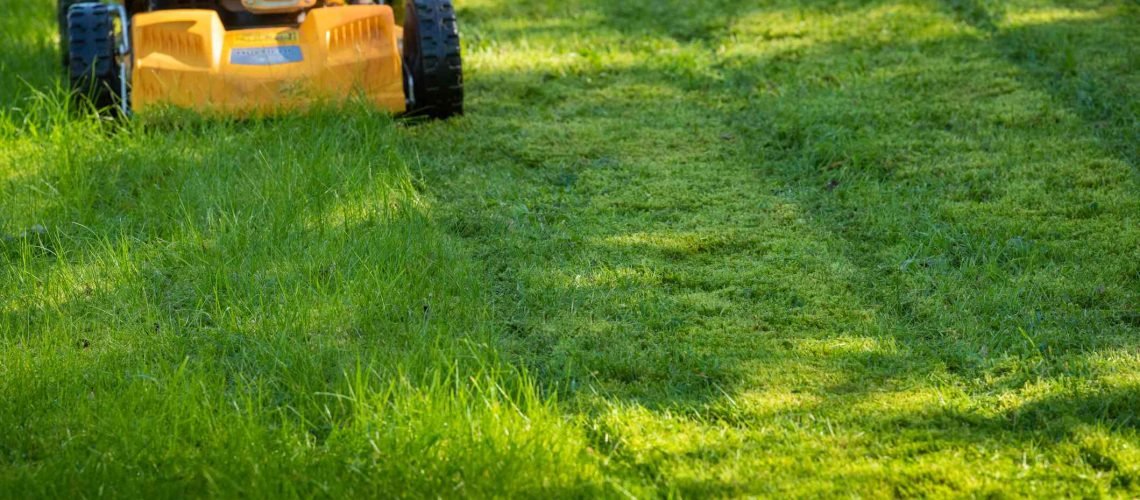Factors Influencing Lawn Mowing Frequency
Maintaining a pristine lawn is a priority for many homeowners, and understanding how often to mow your lawn is crucial. Several factors influence the frequency of mowing, including the type of grass, weather conditions, and the desired lawn height. For those in the Gippsland area, engaging professional Lawn Mowing Services can ensure that your lawn remains lush and healthy throughout the year.
Grass Type and Growth Rates
Different types of grass grow at varying rates, which significantly impacts how often you need to mow. Warm-season grasses like Bermuda or Zoysia tend to grow faster during the summer months and may require mowing every 5-7 days. Conversely, cool-season grasses such as Kentucky Bluegrass or Fescue grow more slowly and might only need mowing every 7-14 days. By hiring professional Lawn Care Services, you can tailor your mowing schedule to the specific needs of your grass type.
Seasonal Considerations
Seasonal changes also dictate mowing frequency. During the spring and summer, most lawns experience rapid growth, necessitating more frequent mowing. In autumn and winter, growth rates typically slow down, reducing the need for regular mowing. It’s important to adjust your mowing schedule accordingly to avoid overcutting, which can stress the grass and inhibit growth.
Desired Lawn Height
The height at which you prefer to keep your lawn also affects how often you should mow. For a neatly trimmed look, you may need to mow more frequently. However, cutting too short can damage the grass and make it more susceptible to weeds and disease. A general rule of thumb is to never remove more than one-third of the grass blade in a single mow. Professional services like Deano‘s Quality Lawn and Property Maintenance can help you achieve the perfect balance, maintaining your lawn at an optimal height.
Weather Conditions
Weather plays a significant role in grass growth and mowing frequency. Heavy rainfall can accelerate growth, while drought conditions may slow it down. In periods of high moisture, lawns may require more frequent mowing to keep up with the accelerated growth. Conversely, during dry spells, less frequent mowing is necessary. Professional lawn care providers can monitor weather patterns and adjust mowing schedules accordingly to ensure your lawn stays healthy and well-maintained.

